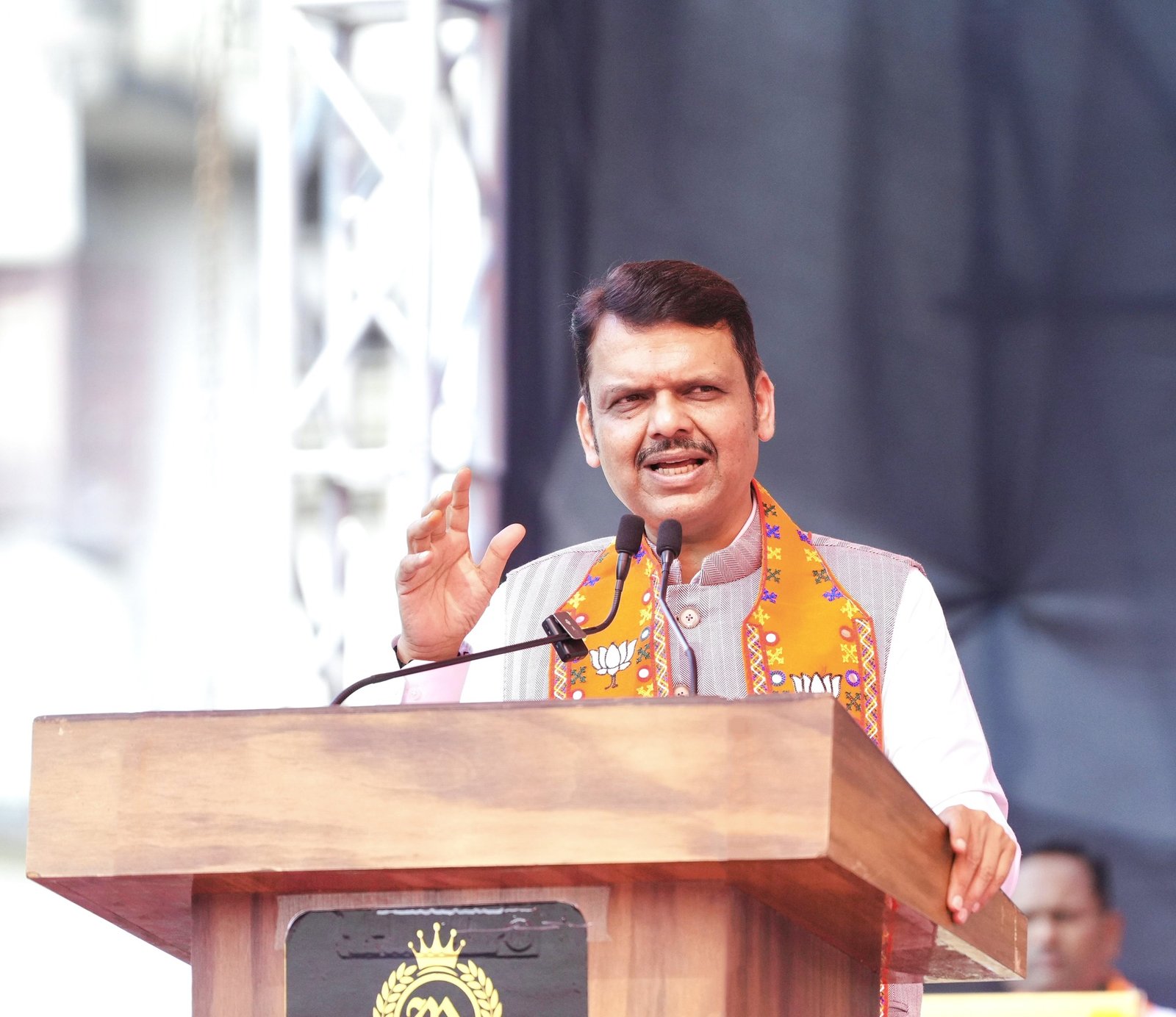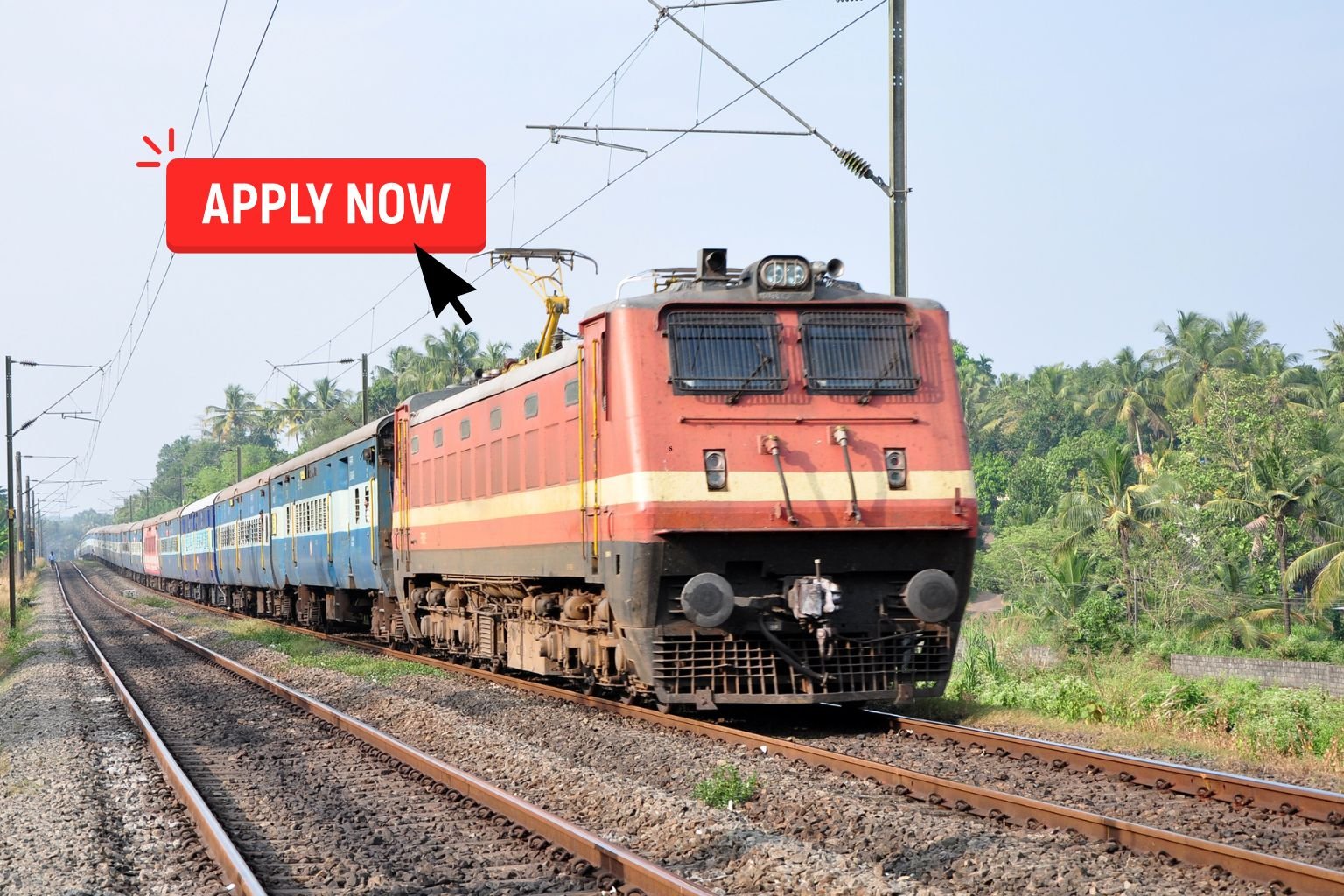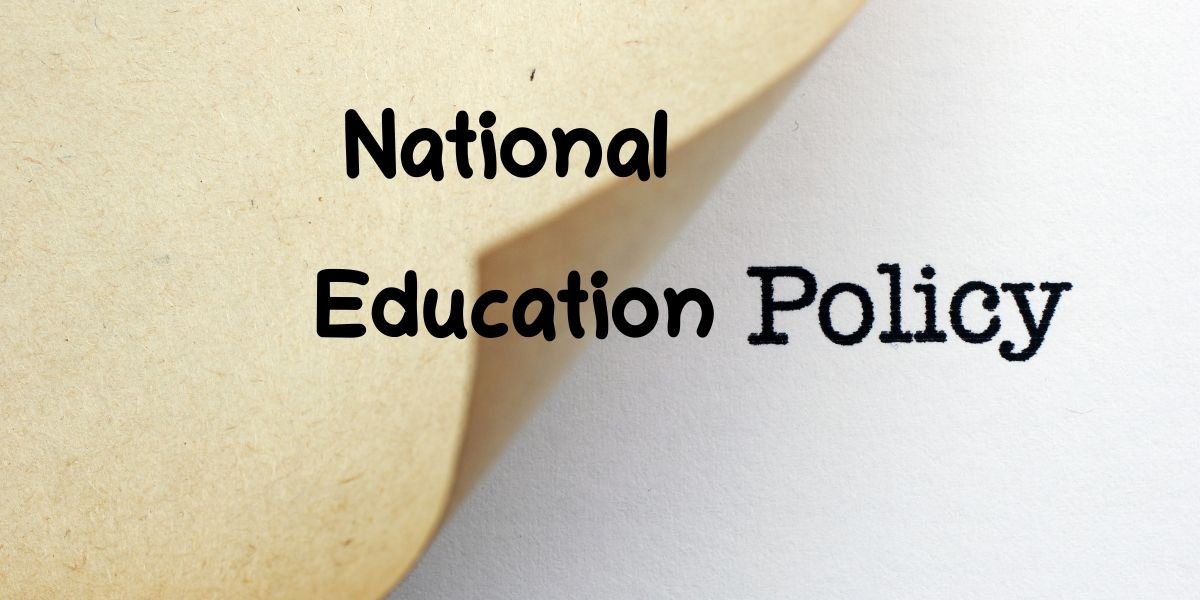Here’s a tabular analysis of NEP (National Education Policy 2020/2025 updates) showing its key reforms, impact, and challenges across different levels of education:
NEP Tabular Analysis
| Area | Previous System | NEP Reforms | Expected Impact | Challenges |
|---|---|---|---|---|
| School Structure | 10+2 model | 5+3+3+4 model (Foundational, Preparatory, Middle, Secondary) | Stronger early learning, flexible pathways, holistic growth | Curriculum alignment across states, teacher training |
| Early Childhood Care & Education (ECCE) | Limited to anganwadis/play schools | Formal ECCE integrated (Ages 3–8), focus on foundational literacy & numeracy | Cognitive development, reduced dropouts | Infrastructure, quality of ECCE teachers |
| Medium of Instruction | Mostly English/Hindi | Mother tongue/regional language till Grade 5, multilingual approach | Better conceptual clarity, inclusion | Resource creation in multiple languages, teacher capacity |
| Curriculum & Pedagogy | Rote-learning, exam-centric | Competency-based, experiential, vocational exposure from Grade 6 | Critical thinking, creativity, real-world readiness | Shifting teaching culture, assessment reforms |
| Assessments | Annual board exams (Class 10, 12) | Formative assessments, Board exams twice a year, subject modularity | Reduced exam stress, continuous evaluation | Implementation across boards, fairness in exams |
| Higher Education Structure | Rigid 3-year UG, 2-year PG | Multidisciplinary 4-year UG with multiple entry-exit and 1-year PG | Flexibility, global recognition, lifelong learning | Academic restructuring, credit transfer logistics |
| Vocational & Skill Education | Limited to ITIs and vocational schools | Mandatory internships, coding, AI, entrepreneurship in schools & colleges | Industry-ready graduates, reduced unemployability | Industry-academia linkage, funding |
| Teacher Training | B.Ed + traditional methods | National Professional Standards for Teachers (NPST), 4-year integrated B.Ed | Better teacher quality, modern pedagogy | Reskilling existing teachers, institutional readiness |
| Technology & Digital Push | Limited e-learning platforms | National Educational Technology Forum (NETF), digital repositories, hybrid learning | Wider access, future-ready learning | Digital divide, infrastructure in rural areas |
| Research & Innovation | Limited scope, fragmented institutions | National Research Foundation (NRF), more autonomy to HEIs | Boost in R&D, global competitiveness | Funding, monitoring outcomes |
| Governance | Multiple regulators (UGC, AICTE, NCTE) | Higher Education Commission of India (HECI) – single regulator | Simplified governance, less overlap | Transition phase, resistance from institutions |
| Lifelong Learning | Restricted to formal age groups | Competence Enhancement Scheme (DU model), open to all ages | Inclusivity, reskilling workforce | Awareness, quality control |
| Globalisation | Limited foreign collaborations | Top 100 global universities can set up campuses in India | International exposure, knowledge exchange | Regulatory clarity, affordability |
👉 This table captures the before vs after of NEP, highlighting reforms, outcomes, and bottlenecks.









